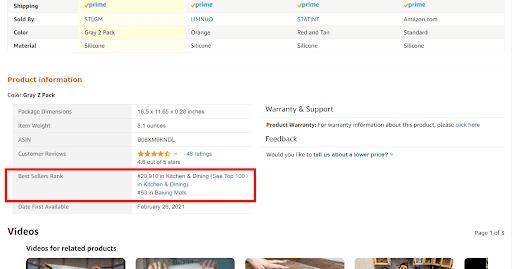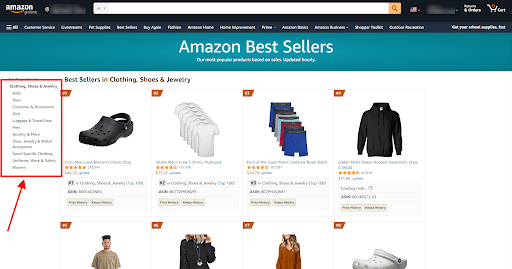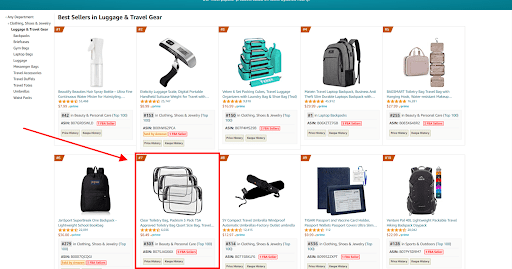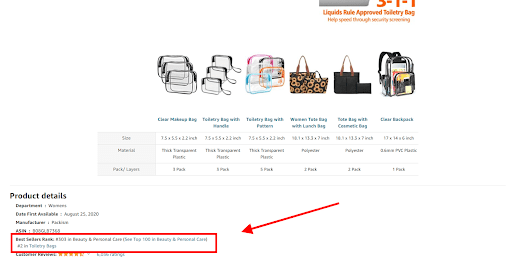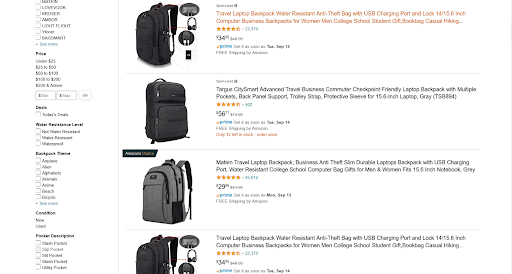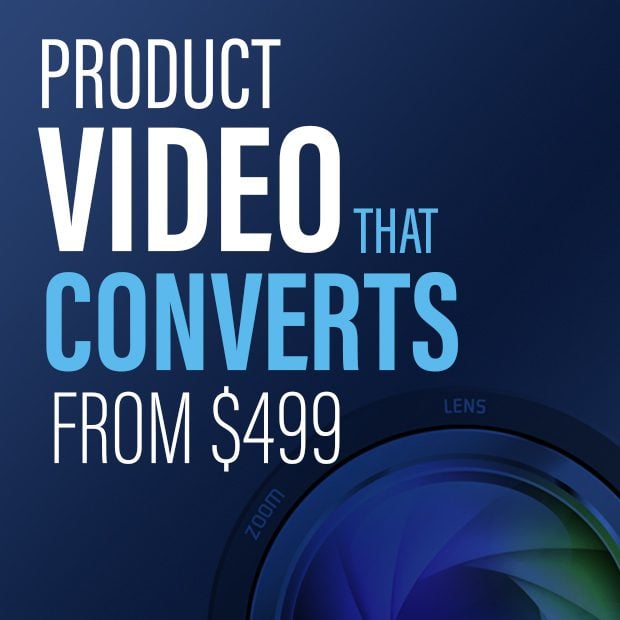Amazon Best Sellers Rank: Understanding The Role and Influence of Your Sales Rank in 2021
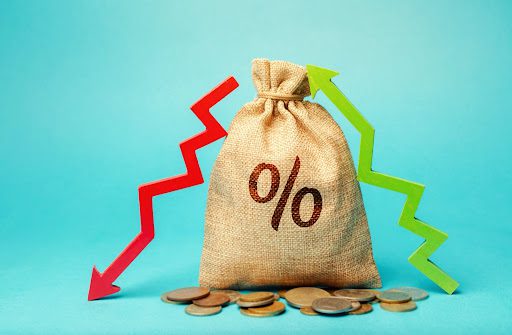
As an Amazon seller, there are only so many metrics you can access to help you navigate the platform successfully. One of those metrics is your Best Sellers Rank (BSR).
Amazon sellers use the Best Sellers Rank for all sorts of things, from identifying products that may be worth manufacturing, to understanding their product’s position in a category, and much more.
Overall, your Best Sellers Rank indicates your product’s rank relative to the other products in the same category.
The lower your rank, the better.
For instance, if your product is #20 in a category. It means that nineteen other products are selling better in that category.
Since BSR is one of those few metrics that sellers can use to assimilate what works and what doesn’t on Amazon, it’s important to understand how it works.
In today’s article, we’re going to give an overview of Amazon’s Best Sellers Rank and how you can navigate it to make decisions and increase your sales.
Where to Find Your Amazon Best Sellers Rank
Before we get into the details of how Best Sellers Rank works, let’s discuss where you can find yours.
There are two main places you’ll find your BSR: product pages and best sellers pages.
On the product page, you’ll find your BSR below your product description and above the reviews in a section called “Product Information.”
There are multiple best sellers pages. You’ll find ones for main categories like Clothing, Shoes, and Jewelry, but then you’ll find ones for subcategories like Costumes and Accessories.
How Amazon Best Sellers Rank Is Calculated
Like many things on the platform, Amazon keeps the algorithm for their Best Sellers Rank secret.
We do know that the BSR is updated hourly. Over the years, sellers have tested multiple variables to find out what influences the rank.
Of all the variables, it appears sales velocity has the highest influence on BSR. Sales velocity is calculated by the number of sales and the dollar amount of your sales in a given period.
We don’t know what period makes the biggest difference. Is it twelve hours? Twenty-four hours? It does appear to be a wider range than twenty-four hours, as one day without sales often doesn’t drop BSR right away.
Keep in mind: There are going to be some categories where your BSR is more volatile. You’re ranked based on the sales velocity in particular categories. For example, notice that the set of travel bags highlighted in the image below is ranked #7 under the sub-category Luggage & Travel Gear:
Well, that same product is ranked #303 in Beauty & Personal Care.
One thing many sellers have noticed is that the most recent sales are weighted heavier than past sales.
Also, units ordered don’t influence BSR, but the frequency of orders do. For example, one order of five units will have the same impact on BSR as one order of one unit.
This indicates that while the early effort you put into your product launch can help establish your initial rank, you should be consistently focused on getting new sales as your product ages.
It’s also important to know that if your sales stay consistent, you might still see your BSR climb higher. This is likely due to shifts in the market—for instance, an influx of competition.
Best Sellers Rank and Organic Rank
Many people confuse Best Sellers Rank and Organic Rank. While the two may share similarities, they’re different.
Best Sellers Rank constitutes a product’s sales velocity relative to other products in that category.
Organic rank is an indicator of how your product performs when a keyword is searched.
You get two different sets of information from each. One is a predictor of how well a product is selling in its category; the other is a predictor of how a product performs in a keyword search.
Here’s the thing: If you rank high for keywords organically, you’re likely going to get more sales, which in turn, reduces your BSR. So, yes, the two can be correlated.
One other point of distinction is the Best Sellers badge and the Amazon’s Choice badge. The Best Sellers badge shows up when your ranking is low within a category. The Amazon Choice badge shows up when a product is performing best for a keyword search. If both situations are true, Amazon prioritizes the Amazon Choice badge.
For example, the gray Matein backpack in the image below ranks #4 in Luggage and Travel Gear, but when you search “travel laptop backpack,” it’s the first organic listing to appear. It also has an Amazon’s Choice badge, which means it performs well for that keyword.
Tips for Lowering Your Best Sellers Rank
Ultimately, you want to strive to lower your Best Sellers Rank. Given what we know about BSR, here are four tips to help lower your ranking:
- Target the right category – Your product will have a BSR for each category it’s listed in. If your listing is miscategorized, then you’re going to be competing against other relevant listings, which will likely reduce your ranking.
- Track your BSR – Keeping track of your BSR is a great way to stay in tune with the market. If your sales are increasing or staying the same, but your BSR is increasing, it might be time to reassess the market and deploy strategies to increase your sales velocity.
- Stay on top of inventory – Going out of stock will cause dips in your sales velocity, and thus, your BSR. You want to stay on top of inventory as best you can. Some sellers recommend shutting down your listing if you go out of stock. They say it helps you return to your prior BSR quicker when you get back in stock.
- Increase conversions and maintain consistent sales – The more people that visit your listing and make a purchase, the greater chances you have to lower your ranking.
Here are just a view variables you might consider tweaking to improve your conversion rate:
- Copy
- Does your copy speak to the various customer avatars that are interested in your product?
- Does your copy compare your product to other products in the market?
- Does your copy transform your product features into benefits?
- Images
- Do you have images that illustrate your product dimensions?
- Do you have images that show the product in use?
- Do you have images that compare your product to alternatives?
- Reviews
- How might you get more buyers to leave reviews?
- Do you have negative reviews that are reducing your ratings?
- What strategy do you have to follow up with buyers who left negative reviews?
Wrapping Up
While striving to lower your Best Sellers Rank is important, there’s still only so much you can do. Be sure to focus on the things you can control to increase your sales and organic ranking. If you focus on those two objectives, you set yourself up to have a lower BSR.
Happy Selling,
The Page.One Team
The Last Word:
For most of Amazon’s history, sellers have used Best Sellers Rank when deciding what products to launch. BSR can help gauge a product’s potential. Just remember that BSR can only indicate so much.
For instance, always consider seasonality when you’re looking at a product with a low BSR. A product may perform great in a season, but when the season is over, will it be able to sustain such a low ranking?

